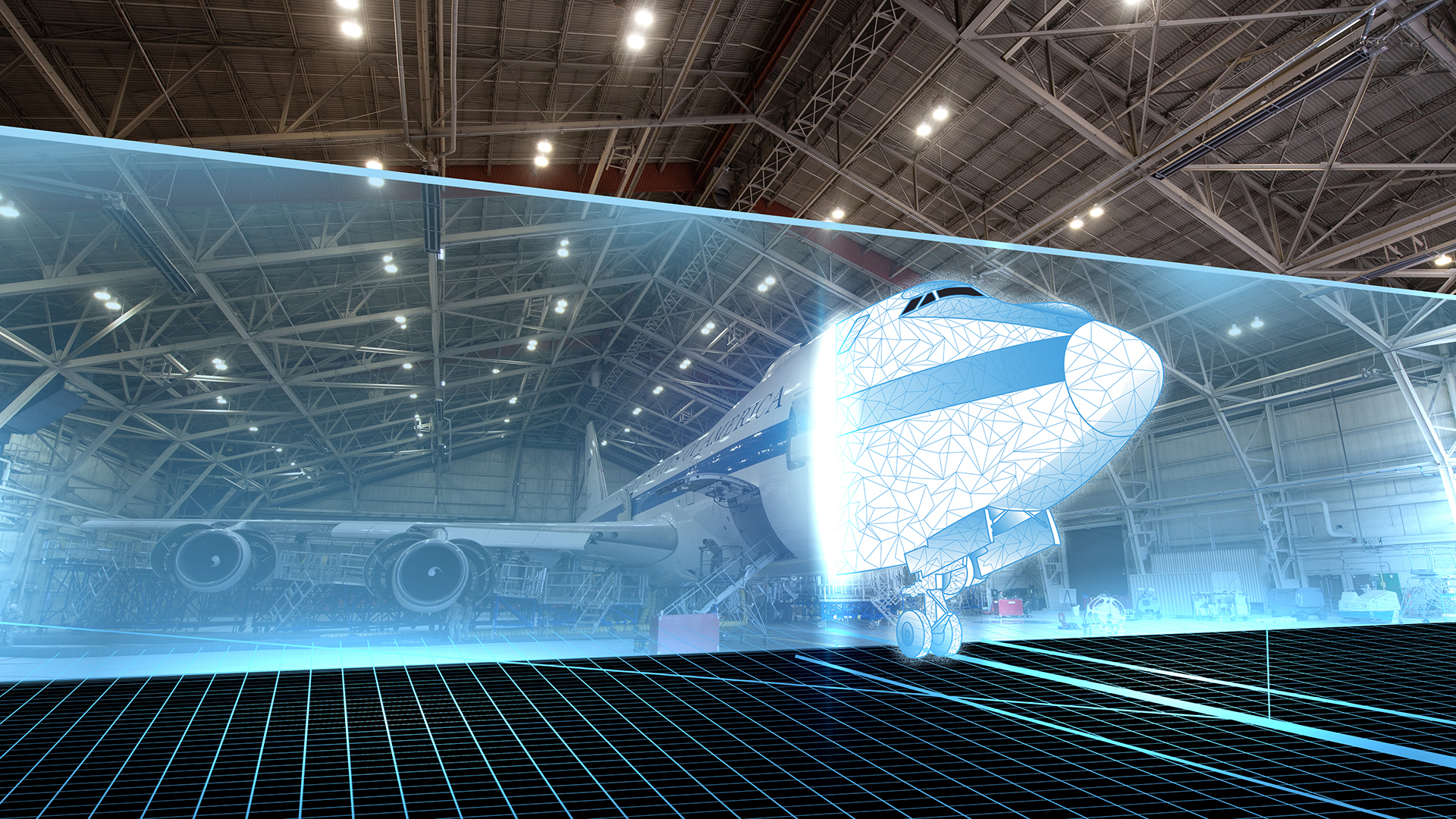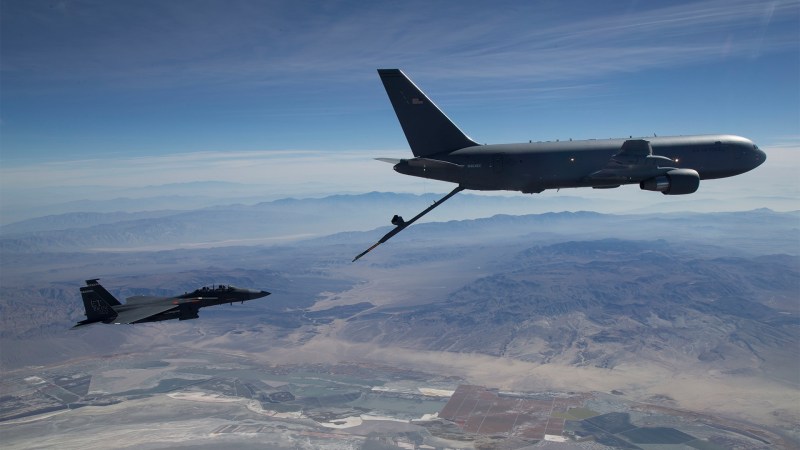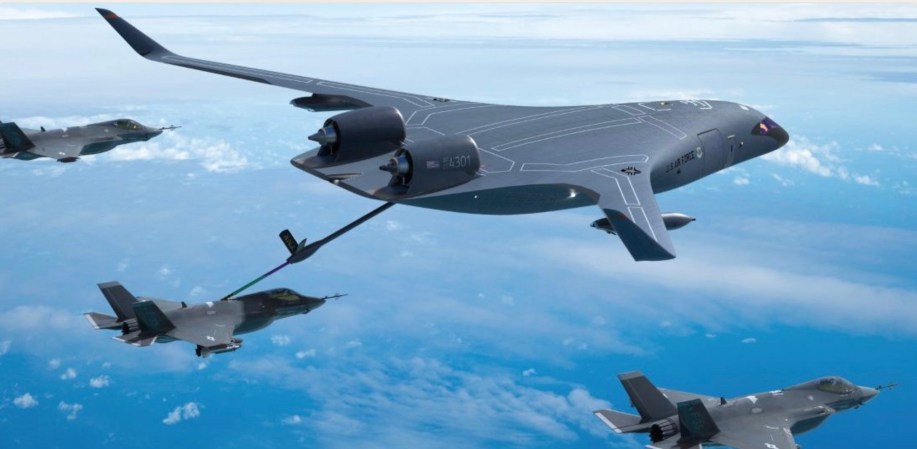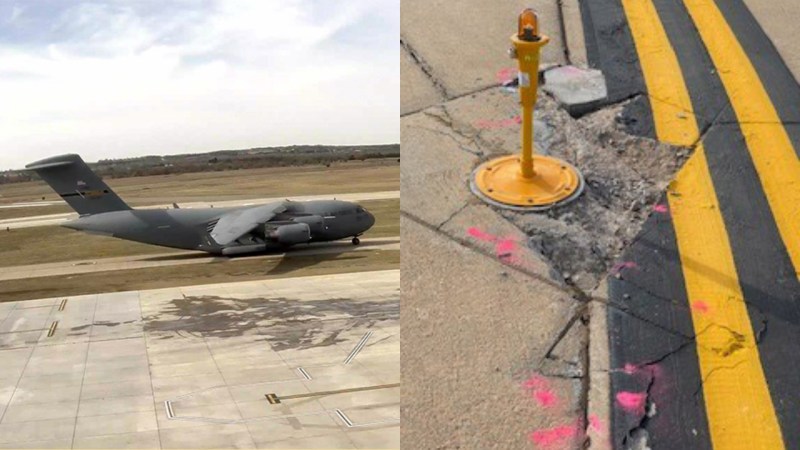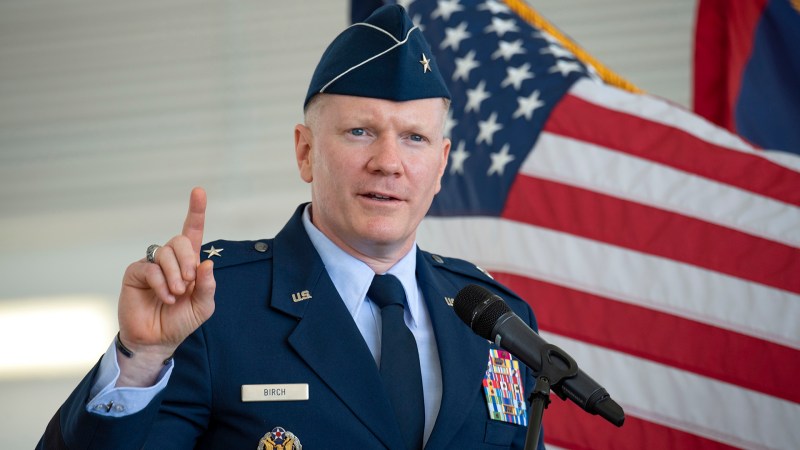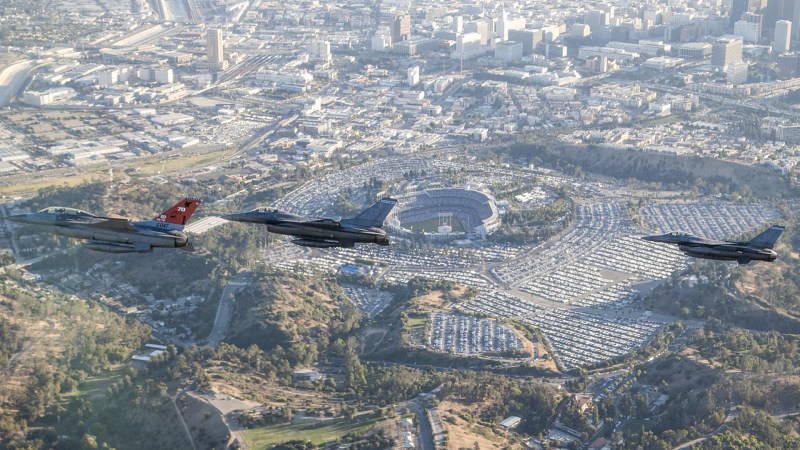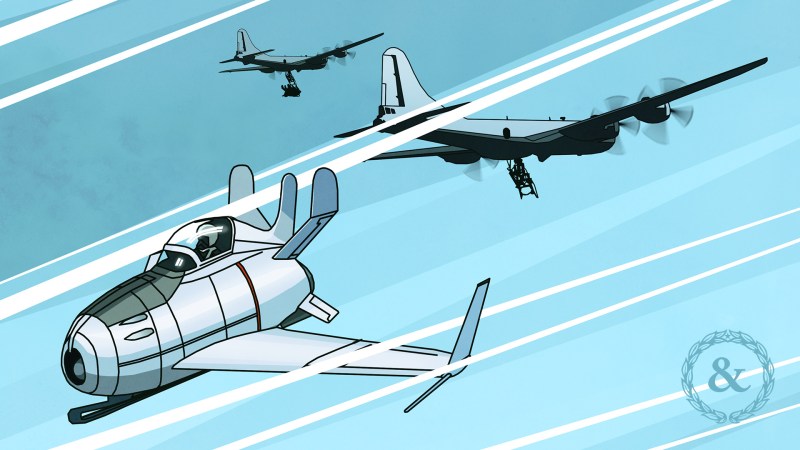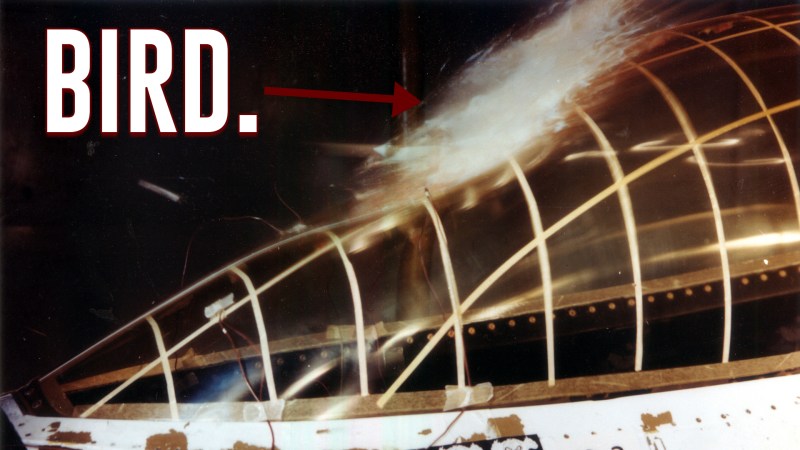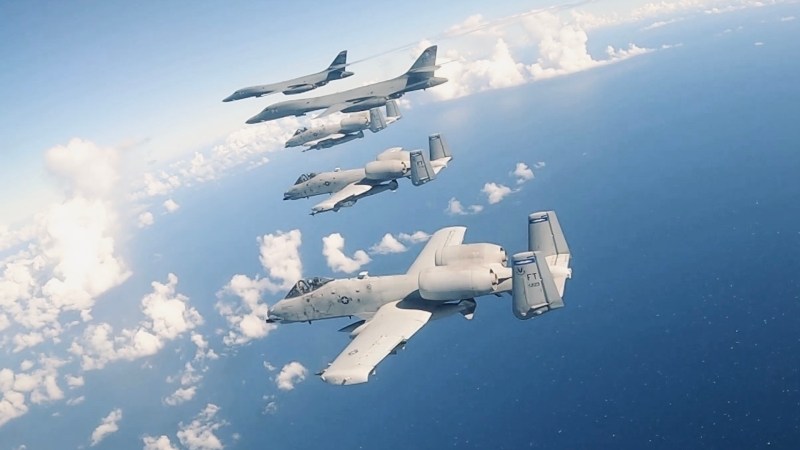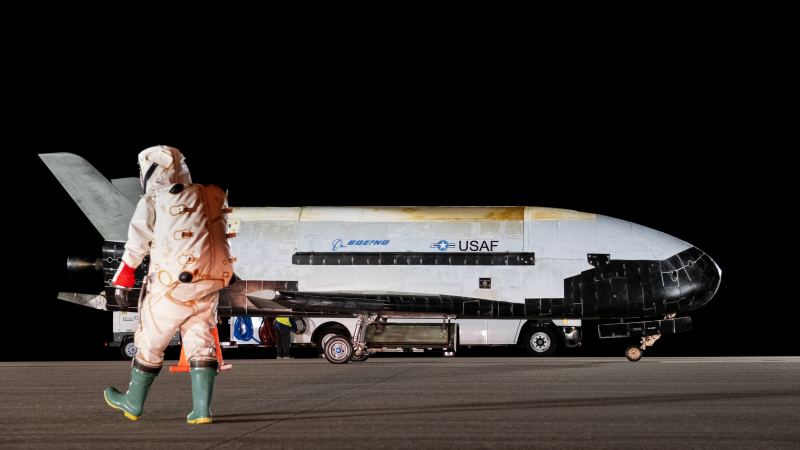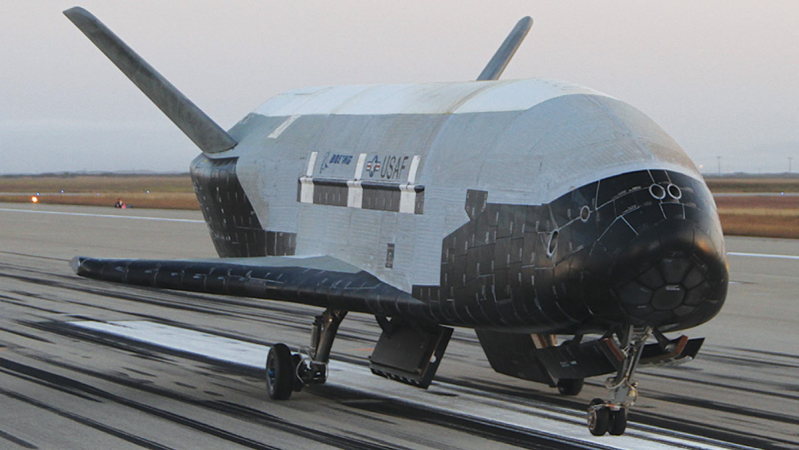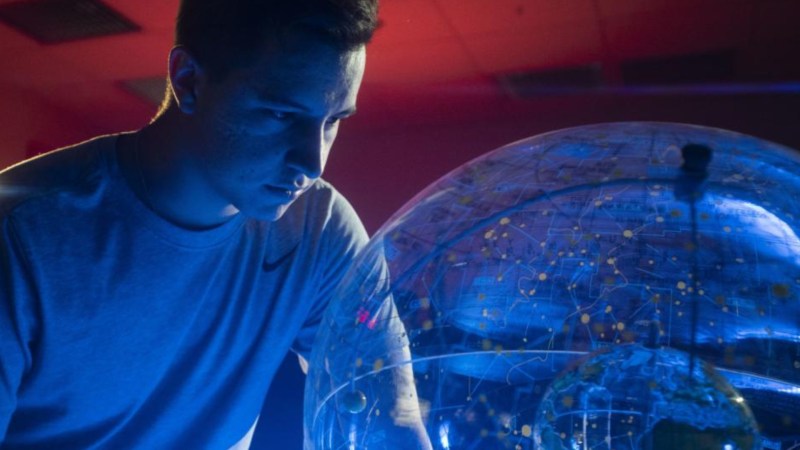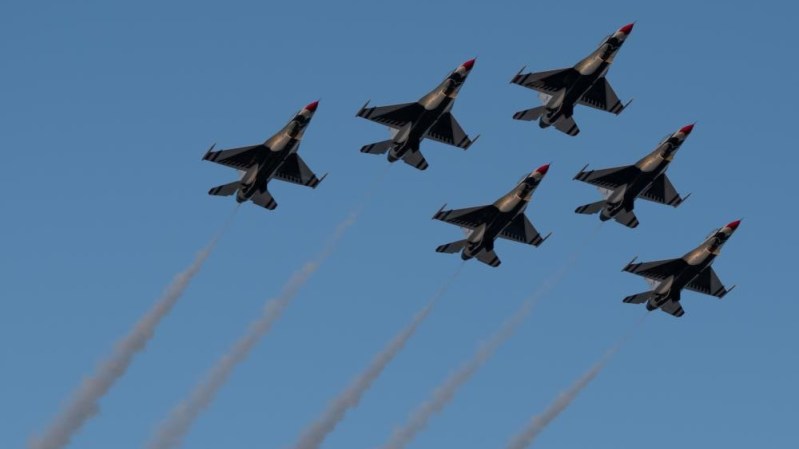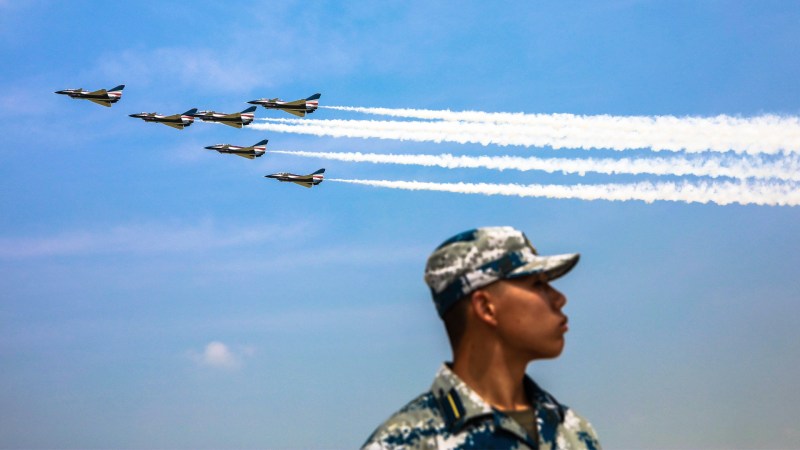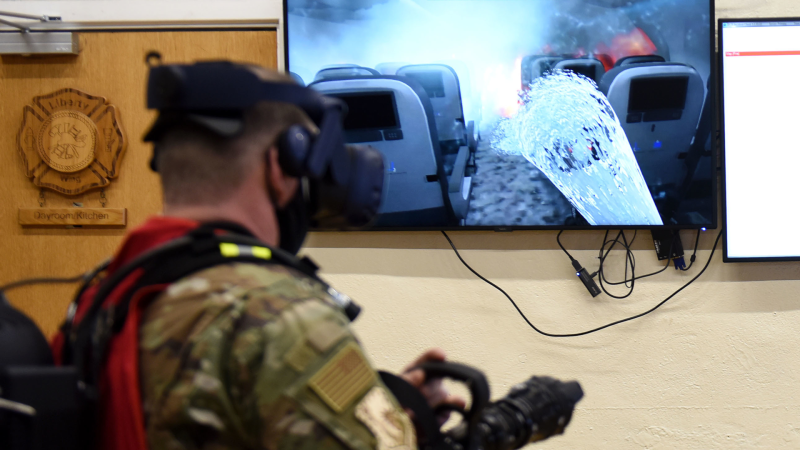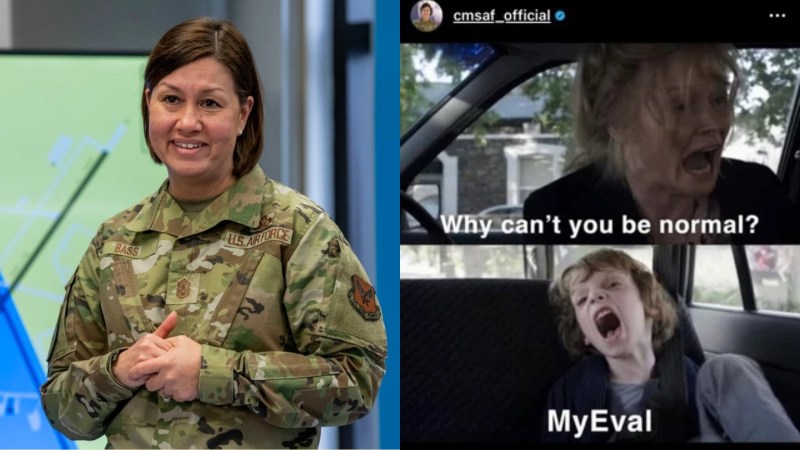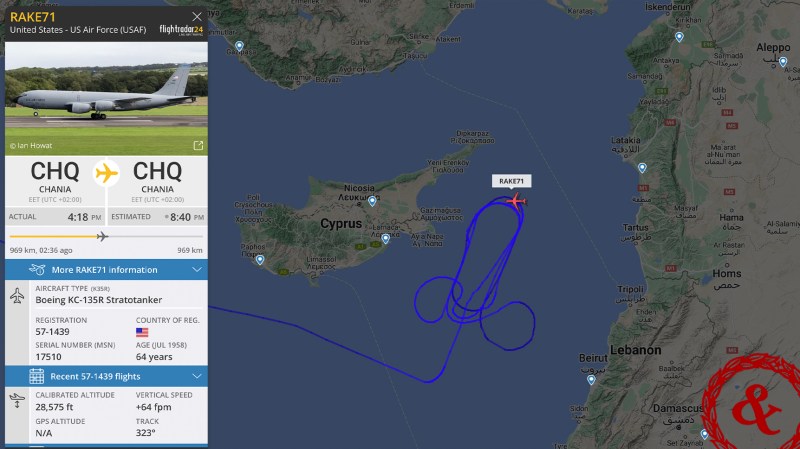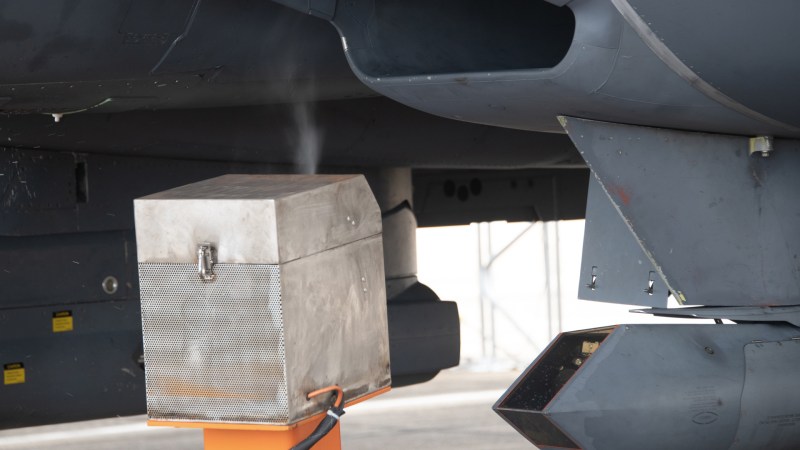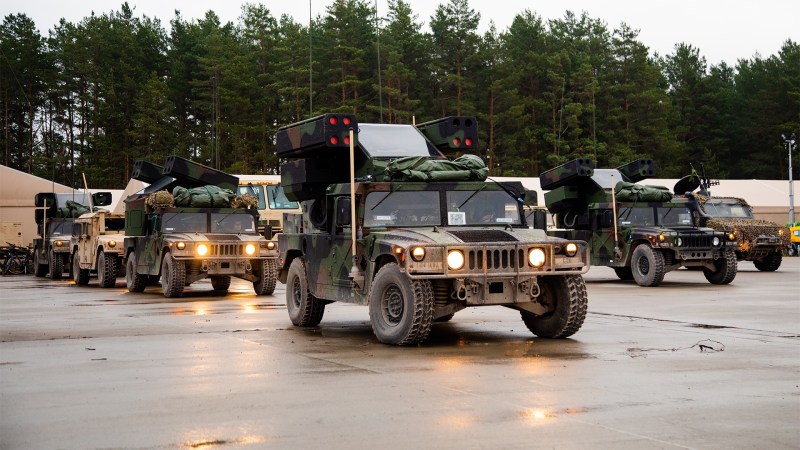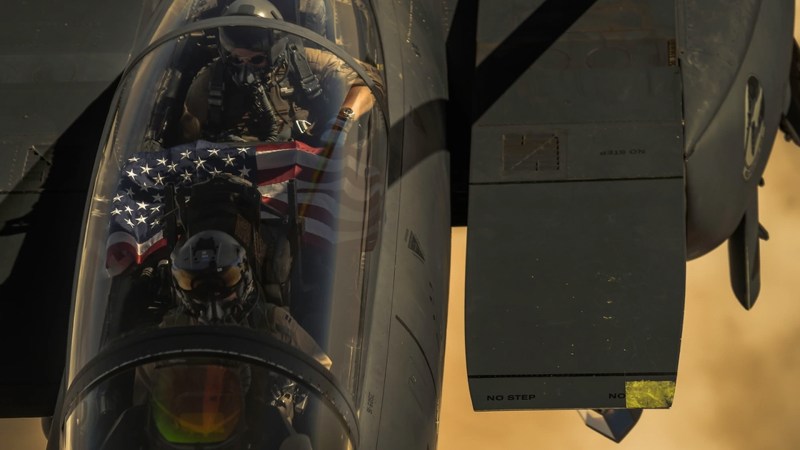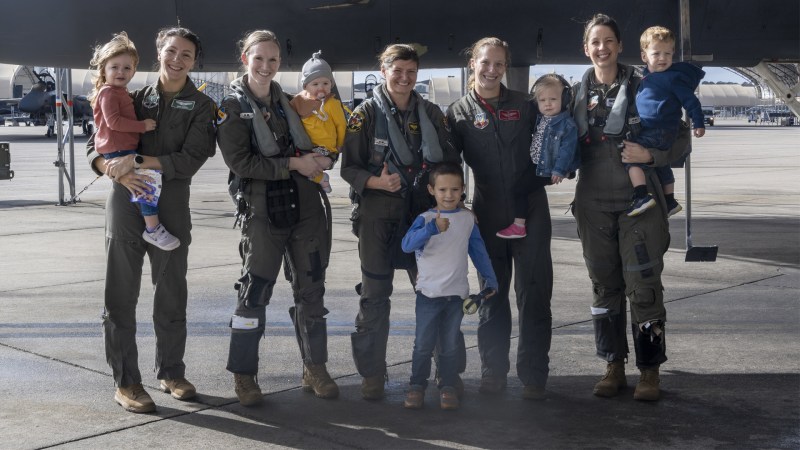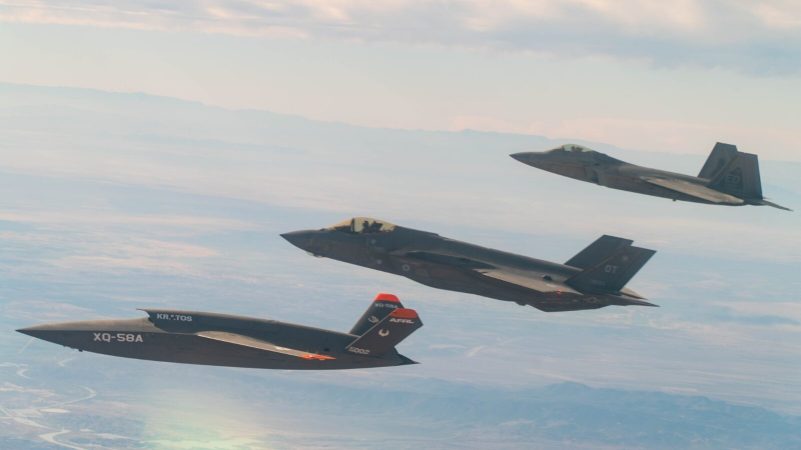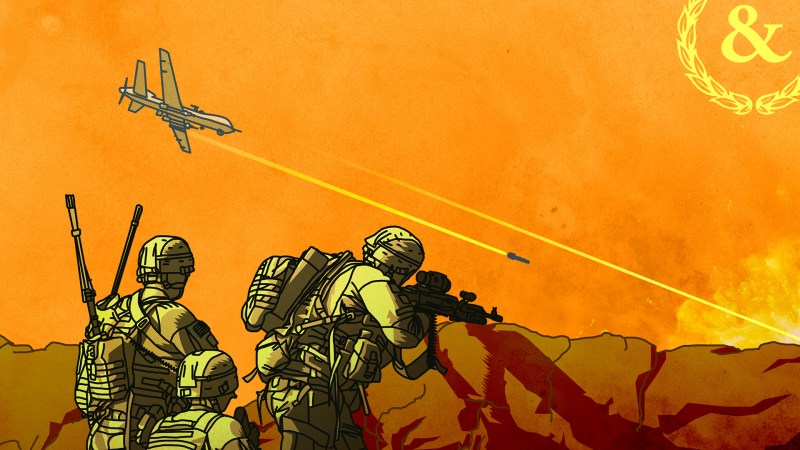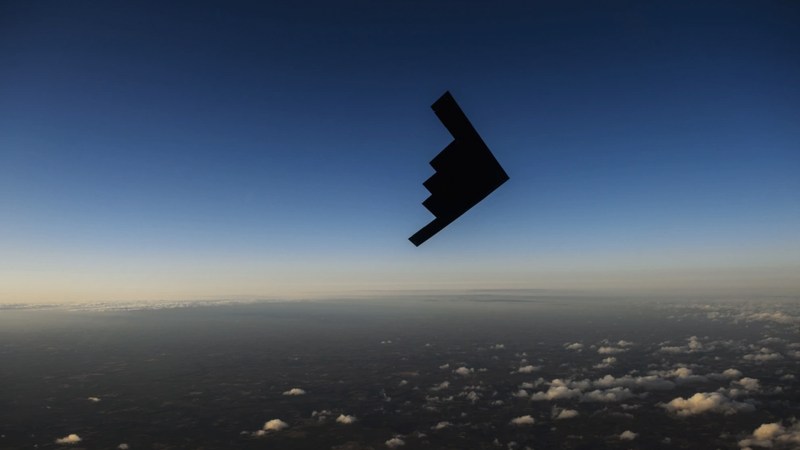The Air Force’s E-4B Nightwatch, commonly referred to as the ‘Doomsday Plane,” is officially entering The Matrix.
The service is nearing the end of a mutli-year project to directly scan and digitize every inch of an E-4B, inside and out, to create virtual reality training modules that its crew and maintainers can be trained on, according to a news story from the Air Force’s 55th Wing.
The E-4B, which is based on a Boeing 747, is one of the most specialized, secretive and mission-critical planes in the military. But because it is so unique, officials say, getting its crews and maintainers proper training can be problematic.
“The E-4B is a high demand, low supply asset that has a vast range of missions,” Scott Petty, the 595th Command and Control Group’s Virtual Reality Training Laboratory manager, said in the news release. “The VR [virtual reality] modules will aid with training of personnel independent of needing a physical aircraft being available.”
Beginning last year, the Air Force began scanning the plane from front to back, feeding the exact dimensions and details of the aircraft into digital models that will turned into highly-realistic simulators.
Seven virtual reality training modules are currently in development, said 55th Wing spokesman Ryan Hansen. The 595th expects to receive the modules between February and July. Another 14 modules for maintenance-specific tasks are also in the works, and they will be delivered to the unit starting in March.
Featured in movies such as The Sum of All Fears and By Dawn’s Early Light, the E-4B is a modified version of the Boeing 747-200 that would serve as an airborne command center in the event of a disaster, such as nuclear war. The aircraft is used by the president, defense secretary, and Joint Chiefs of Staff.
Subscribe to Task & Purpose today. Get the latest military news and culture in your inbox daily.
The Doomsday Planes are equipped with protection against the effects of an electromagnetic pulse along with advanced communications systems, according to the Air Force. At least one of the aircraft is on alert 24 hours a day, seven days a week.

The Air Force has just four E-4B Nightwatch aircraft in its inventory, leaving little opportunity to dedicate any to the initial qualification and recurring training of its crew and maintainers. All were originally built between 1973 and 1975 as E-4As, and were converted to B models between 1980 and 1985. But decades of wear and tear have taken their toll on the E-4Bs. Two of the Doomsday Planes were damaged by a June 2017 tornado that struck Offutt Air Force Base, Nebraska, leaving the Air Force with only one E-4B for three months.
In 2019, then-Defense Secretary Mark Esper had to use other military aircraft for overseas travel to avoid overusing the E-4B and to make sure that the aircraft would be flight ready in case of an emergency.
With the E-4Bs expected to continue flying into the 2030s, the Air Force is looking into a new way for airmen to train on the service’s limited number of aircraft.
E-4B maintainers and operators are already using virtual reality modules that were developed in 2021, Hansen told Task & Purpose on Wednesday.
Using virtual reality is one way the Air Force can keep the maintenance costs down for the E-4B, said Todd Harrison, a defense analyst for the American Enterprise Institute think tank in Washington, D.C.
“These aircraft are among the most expensive to operate in the inventory,” Harrison told Task & Purpose, “So the less we can fly them for non-essential purposes the better.”
U.S. military aircraft are designed to have much longer lifespans than their commercial counterparts, but as planes such as the E-4B and B-52 get older, it can be harder to find replacement parts because some suppliers may have gone out of business, said Mike Stengel, a principal with AeroDynamic Advisory, a consulting firm for the aerospace industry.
But one advantage that the E-4B has is that it is based on a commercial aircraft, Stengel told Task & Purpose.
“It will benefit from the commercial supply base that’s available, that’s already providing support to the world’s airlines,” Stengel said. “The [Boeing] 747 is still an aircraft that’s flying. It’s based on the [General Electric] CF6 engine as well, which is a very ubiquitous engine model in commercial fleets, so that’s certainly one advantage it has when compared to other unique aircraft types in the military.”
The latest on Task & Purpose
- What is the oldest military equipment still in use today?
- Arkansas Air Guard wing commander resigns over abortion policy, Governor says
- Marine Security Guard dies in Republic of the Congo
- How the military celebrates the New Year, according to combat veterans
- The history of Thompson “Tommy” guns at war

